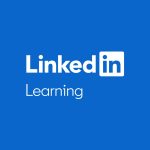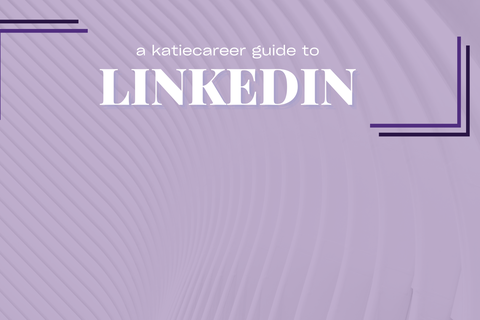PROFILE BASICS
Profile Picture
Your profile picture is your first impression, so make it a good one! Here are a few questions to ask yourself:
- Does the picture look like me?
- Does the image look professional?
- Is there anything that could distract from the main focus of the picture? (hint: that’s you!)
URL
You can change your public profile URL to be easier to read and type. Type or edit the last part of your new custom public profile URL in the text box.
Aim for your address to look like: www.linkedin.com/in/yourname.
You can make adjustments as needed, depending on how common your name is. Click here to get directions on how to customize your URL.
LinkedIn Banner
The banner is a great way to establish the vibe you would like to have on your profile. Choose a photo that is nice, not distracting, that fits your brand. A few examples of ideas include:
nature photos, skyline of the city you live in, abstract art, a professional photo of your workplace, an image that symbolizes your industry
Headline
Building your LinkedIn headline should include key words from your industry, typically built from the position title you currently have, and a position you would like to have. Try to include information you think is relevant, like real data from your accomplishments, or your graduation date/degree. Here are a few templates you can use:
Aspiring [Job Title] | Experienced with [list 3 concrete skills]
Example: Aspiring Software Engineer | Experience with CTSS, Python, and JavaScript
[Major] at St. Kates | [Field of Interest] | [Field of Interest]
Example: Fashion Design Student at St. Kates | Gender-Inclusive Designs| Body Inclusion
[Job Title] (+at [Organization]) | [Who You Help & How You Help Them]
Example: Physical Therapy Assistant (PTA)| Helping athletes regain strength & stay positive




